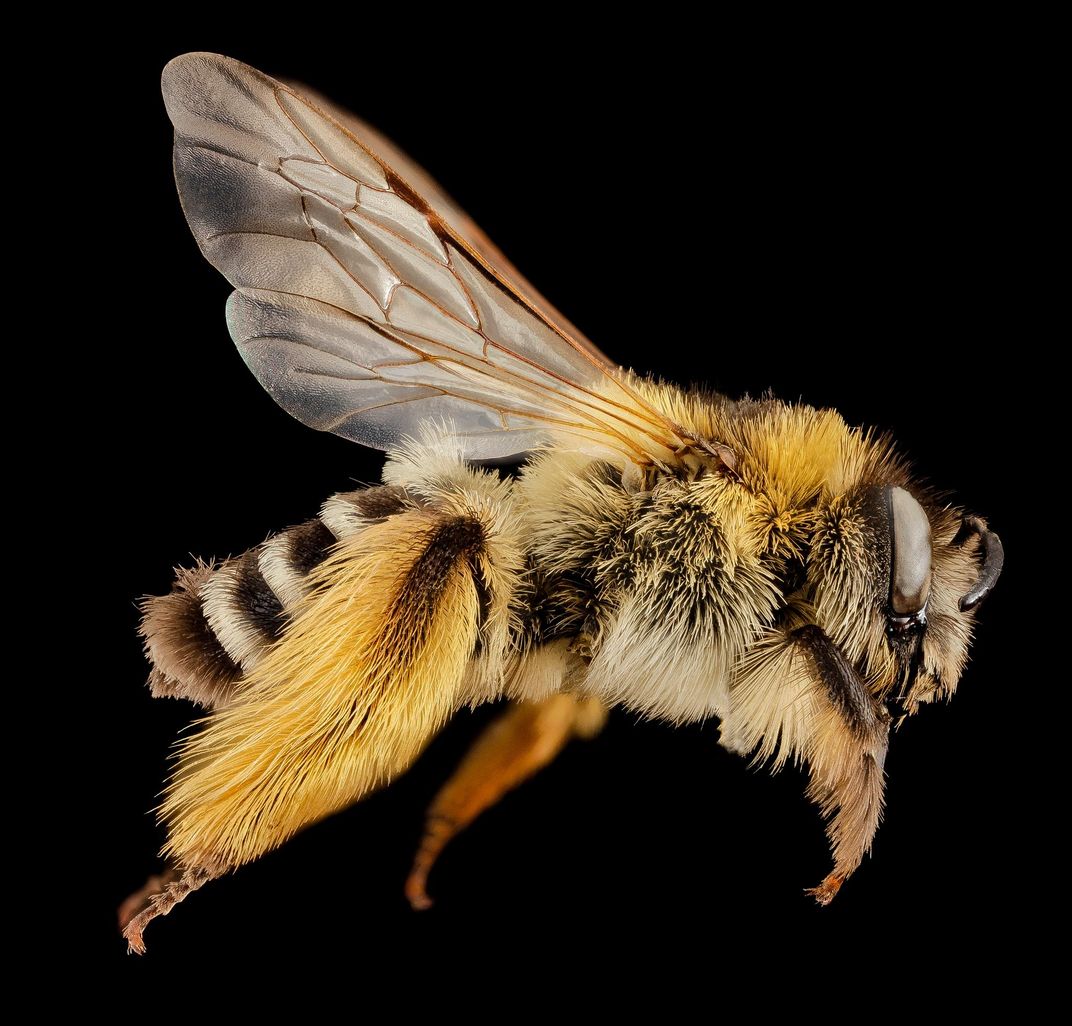Bees and Wasps in Britain Have Been Disappearing For More Than a Century
Changes in agricultural practices since the 19th century may be a major culprit in the pollinators’ decline
/https://tf-cmsv2-smithsonianmag-media.s3.amazonaws.com/filer/3f/24/3f24f26f-51b1-4835-8219-b5336c98185d/melitta.jpg)
Do you like apple pie, guacamole and orange juice? Then you'd better be worried about disappearing bees. The insects are prolific pollinators, credited with helping a variety of fruits, nuts and other commercial crops flourish. But since the early 2000s scientists have been sounding the alarm that pollinating bees are being stricken with disease or mysteriously vanishing from their hives. Culprits behind what is now commonly called Colony Collapse Disorder have ranged from parasites to pesticides.
However, analysis of species diversity in Great Britain shows a decline in pollinating bees and wasps that began far earlier than scientists had suspected. Nearly two dozen species have disappeared from Britain since the middle of the 19th century, according to the study, published today in Science. While managed bees pollinate many commercial crops today, wild bees, wasps and other species also play a significant role in agriculture, particularly for foods such as blueberries, sunflowers and soybeans.
The study authors found that in Britain, local extinctions—or extirpations—were highest during an agricultural ramp-up that began after World War I, suggesting that changes in agricultural practices sparked the loss of pollinators.
Lead author Jeff Ollerton at the University of Northampton and his colleagues pored through almost 500,000 records of bee and wasp sightings from the 1850s to the present, held by the Bees, Wasps and Ants Recording Society. This group of British scientists and volunteers collects data about the distribution and biology of insects in the order Hymenoptera (which includes many pollinators). Determining when a species has gone extinct is an inexact science, but the researchers assumed that a species had disappeared from Britain if it had not been seen for at least 20 years.
Local extinctions occurred as early as 1853 and as late as 1990, but about half occurred between 1930 and 1960. These disappearances line up with patterns of changes to British agricultural practices, the researchers note. In the late 19th century, for instance, farmers began to rely more on imported South American guano for fertilizer. That let farmers intensify their agriculture and resulted in wind-pollinated grasses replacing many of the wildflower species many pollinators relied upon for food. That time period also saw a decline in traditional crop rotation, when farmers would have periodically planted their fields with legumes or left them to weedy flowers—both of which support pollinating insects—to rejuvenate soil nutrients.
But the big decline in pollinators occurred in the middle of the 20th century, when Britain was intensifying its agriculture in response to food security concerns sparked by World War I. For decades before that conflict, Great Britain had relied on imports for much of its food supply, a practice that proved nearly disastrous when Germany began to cut off trade routes. In response, the nation amped up food production at home. This time period also saw the introduction of manufactured inorganic nitrogen fertilizers, which probably contributed to further declines in wildflowers.
“Fundamentally [the decline in bees and wasps] is about a reduction in the size of the area providing food resources on which these pollinators rely,” Ollerton says. Extinctions began to slow down in the 1960s, the researchers note, either because the most vulnerable species had already disappeared or conservation efforts were showing some success. “There were a range of initiatives, including the establishment of more nature reserves,” he says. The country also encouraged efforts to restore wild habitat, and more farmers began turning to organic agriculture, which uses less manufactured fertilizer and pesticides.
Parts of northern Europe, the United States and any other countries that had similar changes in agricultural practices may also have lost native pollinators over that time period, Ollerton adds.
“The U.S. suffers from the same sort of dumbing down of our landscapes across that same time period for the same reasons,” says Sam Droege of the U.S. Geological Survey Bee Inventory and Monitoring Lab. “We are too damn efficient” in our agricultural efforts, he says. “Croplands, pastures, and meadows now grow only crops, no weeds or wildflowers.”
But a continued decline in pollinator species is not inevitable, he says. Roadsides and rights-of-way can be managed to re-create more natural landscapes, for example. “Additionally, we need to reconsider our tree planting tactics to let some lands move only slowly into forest and keep other landscapes as permanent meadows, prairies, sage and scrublands,” he says. Such efforts would foster the growth of pollinator-friendly plant species. “We no longer have the luxury of letting Nature find its own level, but have to consciously foster wildness and diversity everywhere we live.”
/https://tf-cmsv2-smithsonianmag-media.s3.amazonaws.com/accounts/headshot/Sarah-Zielinski-240.jpg)








/https://tf-cmsv2-smithsonianmag-media.s3.amazonaws.com/accounts/headshot/Sarah-Zielinski-240.jpg)